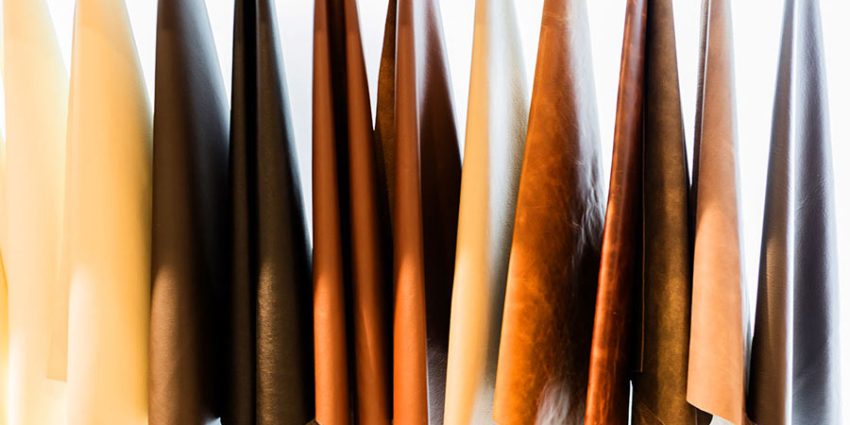Picture a world where the art of crafting beautiful, bespoke furniture is lost to time, replaced by generic, mass-produced pieces. Upholstery, a craft that has adorned homes with character and comfort for centuries, is at risk of fading into obscurity. But why does upholstery education matter? Why should we invest time and resources into preserving these skills? The answer lies in the magic of craftsmanship, the demand for unique artistry, and the importance of passing on a rich legacy.
The Art of Craftsmanship
Upholstery is not just about covering furniture; it’s an art form that combines technique, creativity, and precision.
- Craftsmanship Legacy: Learning upholstery connects individuals with a rich history of craftsmanship. It’s about understanding and preserving techniques that have been passed down through generations.
- Artistic Expression: Upholstery allows artisans to express their creativity. It’s about transforming a piece of furniture into a unique work of art that reflects personal style and skill.
The Growing Demand for Skilled Upholsterers
As more people appreciate bespoke furniture and custom designs, the demand for skilled upholsterers is on the rise.
- Custom Designs: In a market saturated with mass-produced items, custom upholstery offers a personal touch. People seek out skilled artisans who can bring their unique visions to life.
- Restoration Projects: Antique and vintage furniture restoration is booming. Skilled upholsterers are needed to breathe new life into cherished pieces, preserving their history while ensuring functionality.
Education as the Cornerstone of Expertise
Upholstery education is more than just learning to tack fabric. It’s about gaining expertise and passing it on.
- Structured Learning: Formal education provides a structured approach to learning upholstery. It covers everything from basic techniques to advanced methods, ensuring a comprehensive understanding of the craft.
- Skill Development: Education helps artisans develop their skills methodically. It provides the tools and knowledge needed to master both traditional and modern techniques.
Keeping Traditions Alive
Every stitch and staple in upholstery tells a story. Preserving these techniques ensures that we don’t lose a piece of our cultural heritage.
- Historical Techniques: Traditional methods, such as hand-stitching and using classic materials, connect us with the past. They are an integral part of the upholstery craft that should not be forgotten.
- Cultural Heritage: Upholstery education helps maintain cultural heritage. It ensures that the craftsmanship that defines different eras and regions continues to be celebrated and practiced.
Training the Next Generation
The future of upholstery depends on passing skills and knowledge to the next generation.
- Mentorship Programs: Experienced upholsterers can mentor apprentices, sharing their knowledge and skills. This one-on-one learning experience is invaluable in keeping the craft alive.
- Educational Institutions: Vocational schools and community colleges offering upholstery programs play a crucial role. They provide formal education and hands-on experience that are essential for new artisans.
Conclusion
Upholstery education is not just about learning how to cover a chair; it’s about preserving a craft that combines history, artistry, and practicality. As the demand for skilled upholsterers grows, so does the need to pass on these valuable skills. By investing in education and fostering a passion for upholstery, we ensure that this timeless craft continues to thrive for generations to come. So, whether you’re an aspiring artisan or an enthusiast, remember that every piece of upholstered furniture carries with it a story worth telling and a craft worth preserving.

